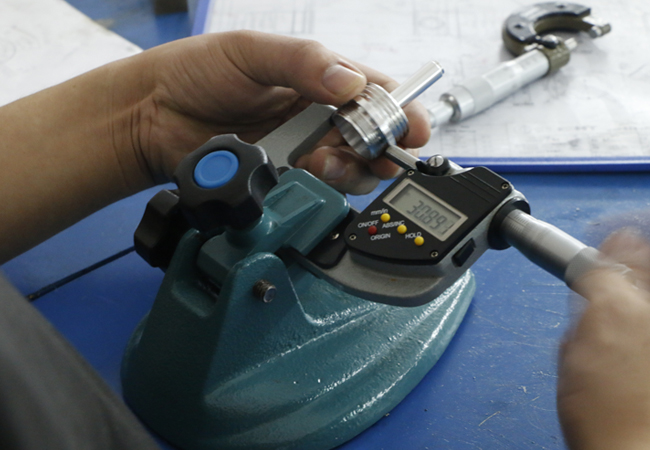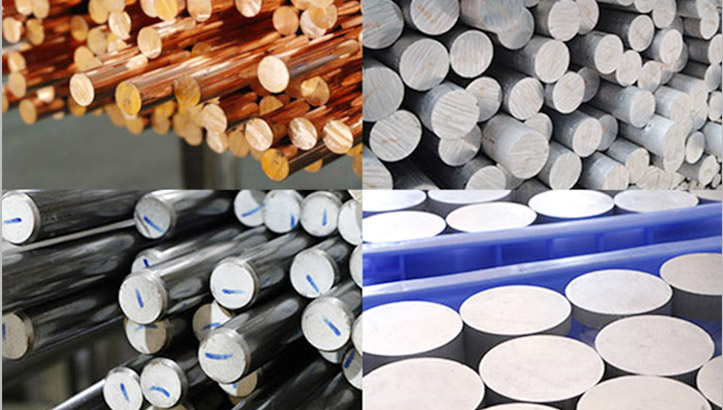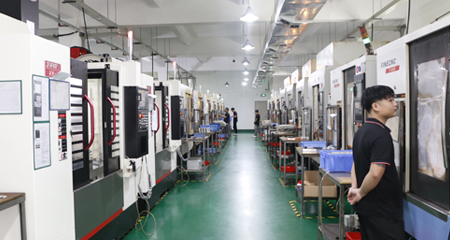VMT News aims to share our practical experience and knowledge accumulated during the manufacturing and product development process. Our goal is to use these articles to help you improve product design and increase your understanding of CNC machining, 3D printing, rapid prototyping, low-volume manufacturing, and surface treatment technologies. The information we provide is designed to provide actionable guidance and insights for your CNC machining projects.
CNC Machining Tolerance Guide: Definition & Types
CNC machine tools are capable of achieving accuracy up to ±0.0025 mm, but the pursuit of such high-precision machining increases costs. Therefore, it is particularly important to set the tolerance range reasonably, which defines the allowable range of dimensional and physical parameter deviations, including dimensions, angles and certain environmental conditions. Tolerances determine the upper and lower limits of allowable errors, which have a direct impact on the final performance, cost and production cycle of the product. To simplify the workflow, designers and engineers clearly mark the tolerance requirements on the drawings and generally use the international standard tolerance system as a reference.
What is Tolerance?
In CNC machining, tolerance is the small difference allowed between the actual size, shape and position of a part and the design value. These differences are set to cope with natural fluctuations in the manufacturing process to ensure that the part can work properly under the established performance requirements. Reasonable tolerance settings help balance machining accuracy, production costs and part functionality, ensuring that the product is stable and reliable in various usage scenarios.

micrometer
Importance of Tolerances in CNC Machining.
In CNC machining, the importance of tolerance is self-evident. It is not only the key to ensure the quality of parts, but also through the reasonable setting of tolerances, it can ensure that the parts are processed to the predetermined accuracy standard, thereby maintaining the overall quality of the parts. At the same time, tolerance is also the balance point between improving production efficiency and reducing manufacturing costs. Too strict a tolerance setting will increase the difficulty and cost of machining, while too wide a tolerance may damage the performance of parts. Therefore, choosing an appropriate tolerance range can not only ensure the quality of parts, but also avoid unnecessary machining accuracy requirements and reduce costs such as tool wear and machine tool adjustment.
Common Tolerance Types in CNC Machining:
In the field of CNC machining, tolerances are subdivided into many types, each of which is precisely controlled for different characteristics of the part. The following are several common types of CNC machining tolerances :
Dimensional tolerance: defines the allowable range of variation of linear dimensions such as length, width, and height of a part. For example, the diameter of a shaft may be set within a tolerance range of ±0.01 mm to ensure that shafts produced in batches can meet the specified dimensional standards. It is widely used in various mechanical parts to ensure dimensional consistency.
Geometric tolerance: Focus on the shape and position accuracy of parts to ensure that the shape and position of parts meet the design requirements. Including flatness, straightness, roundness, cylindricity and concentricity. It is especially important for parts that require high-precision shape and position control, such as gears, bearings, engine parts, etc.
Angular tolerance: specifies the allowable deviation of the angle between two surfaces or features on a part, such as ±0.5° or ±0.1°, to ensure accurate angle control of robot arm joints or precision instrument adjustment mechanisms. Commonly used in parts that require precise angle alignment, such as connectors, transmission devices, etc.
Position tolerance: defines the allowable deviation of a specific feature (such as a hole or slot) on a part relative to its designed position, such as specifying that a hole should be located within ±0.02 mm of its expected position. It is particularly important in components that require precise assembly, such as automotive engines, aerospace components, etc., to ensure accurate alignment between parts.
Surface roughness: describes the texture and roughness of the surface of a part, usually measured by parameters such as Ra (arithmetic mean roughness) or Rz (maximum roughness depth). Appropriate surface roughness helps reduce friction and wear, improve the sealing and appearance quality of parts, and is particularly important in the fields of seals, bearings, sliding parts, etc.
Typical machining tolerances for common manufacturing processes are:
Turning: ±0.005″ to ±0.015″
Milling: ±0.005″ to ±0.015″
Drilling: ±0.005″ to ±0.015″
Grinding: ±0.001″ to ±0.005″
Wire EDM: ±0.001″ to ±0.002″
However, these are general guidelines only and actual tolerances will be determined based on the specific job requirements and the manufacturing process selected. In cases where extreme precision is required, advanced techniques such as superfinishing can be used to meet tighter tolerances.
Factors to Consider When Choosing Tolerances.
Functions and usage requirements of parts: Select the appropriate tolerance range based on the specific use and performance requirements of the parts.
Manufacturing cost: Consider the cost factors in the processing process and avoid setting too strict tolerance requirements which will increase costs.
Processing capabilities of machine tools and cutting tools: Select the appropriate tolerance range based on the processing accuracy and applicable range of CNC machine tools and cutting tools.
Material properties: Different materials have different processing properties and deformation characteristics, and the impact of the material on tolerance setting needs to be considered.

How to Achieve Tighter CNC Machining Tolerances
Analysis of Parts Usage
Clarifying the specific purpose of the part, the working environment, and its interaction with other components is the premise for setting a reasonable tolerance range. Not all parts require extremely precise tolerances, so reasonable tolerance limits should be determined based on the functional requirements of the part.
Selecting High-Precision Machining Strategies
In order to achieve strict tolerance requirements, CNC machine tools with high precision, high rigidity and stability should be selected as the processing basis. The accuracy of the machine tool directly determines the quality of the processed parts. At the same time, high-quality fixtures and tools are used to ensure stability and consistency during the processing. The fixtures need to firmly fix the parts to reduce vibration and offset, and the tools need to be sharp and accurate in size to ensure cutting accuracy.
Choose a Reliable CNC Machining Service
Choose a CNC machining service provider with rich experience and a good reputation. They usually have advanced equipment, professional technicians and strict quality control system, and can better meet strict tolerance requirements.
VMT provides reliable CNC machining services, focusing on achieving a precise tolerance of ±0.0002 inches (±0.005 mm) to ensure the machining accuracy of each part. We implement a strict 12-step quality inspection process, using advanced optical intelligent testing equipment to monitor the entire process from initial inspection to shipment to ensure product quality. At the same time, we have obtained SGS factory inspection certification and followed ISO9001 and IATF16949 standards to provide you with stable high-quality machining services.

In Conclusion
In CNC machining, accurate tolerance setting is the key to balancing part performance, manufacturing feasibility and cost. Engineers and machinists need to reasonably set tolerance ranges based on part usage, material properties and machine tool capabilities to ensure efficient production and quality while controlling costs. A deep understanding and application of different types of tolerances are essential for optimizing manufacturing processes and improving production efficiency.
Frequently Asked Questions About CNC Machining Tolerance
What Variables Influence The Choice of Tolerance?
The choice of tolerance is affected by multiple variables, including the physical properties and processing performance of the material, the accuracy level of the processing method, the accuracy of the equipment, the changes in dimensional stability caused by environmental factors such as temperature and humidity, the assembly quality, matching requirements and service life considerations in the design requirements, and the reasonable setting of dimensional deviations. In addition, the skill level and measurement stability of the operator also play an important role in precision machining, affecting the realization of the final tolerance. Therefore, when setting tolerances, these factors need to be fully considered to ensure that the parts meet the established functional and quality requirements.
Do Aall Parts Nneed To Have Tight Tolerances?
Not all parts require strict tolerances. The selection of tolerances needs to take into account the function, use requirements and cost-effectiveness of the parts. For parts that have no special functional requirements and whose accuracy does not affect working performance and quality, general tolerances can be used to reduce costs; for parts that have strict accuracy requirements or require special regulations, tolerances must be specified in detail in the design to ensure that they meet actual use requirements.



